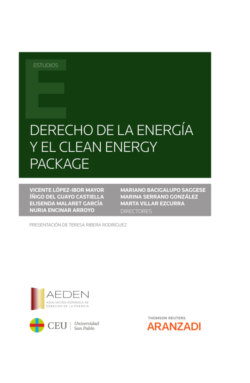Читать книгу Derecho de la energía y el clean energy package - Elisenda Malaret García - Страница 20
На сайте Литреса книга снята с продажи.
2. THE PARIS AGREEMENT (2015/2016)
ОглавлениеIn continuity of the Kyoto Protocol33, which commits state parties to reduce at least 5% of greenhouse gas emissions between 2008 and 2012 with respect to 1990’s levels, the contracting parties to the United Nations Framework Convention on Climate Change (UNFCCC) signed at the COP 21 meeting in Paris on the 12th December 2015 the Paris Agreement34. They agreed to undertake ambitious efforts to combat climate change and to accelerate and intensify the actions and investments needed for a sustainable low carbon future (“decarbonisation”). The Paris Agreement –for the first time– brings all nations into a common cause. As such, it charts a new course in the global climate effort.
The Paris Agreement’s central aim is to keep a global temperature rise this century well below 2 degrees Celsius above pre-industrial levels and to pursue efforts to limit the temperature increase even further to 1.5 degrees Celsius. Additionally, the agreement aims to increase the ability of countries to deal with the impacts of climate change, and at making finance flows consistent with a low GHG emissions and climate-resilient pathway.
The Paris Agreement requires all Parties to put forward their best efforts through “nationally determined contributions” and to strengthen these efforts in the years ahead. This includes requirements that all Parties report regularly on their emissions and on their implementation efforts.
